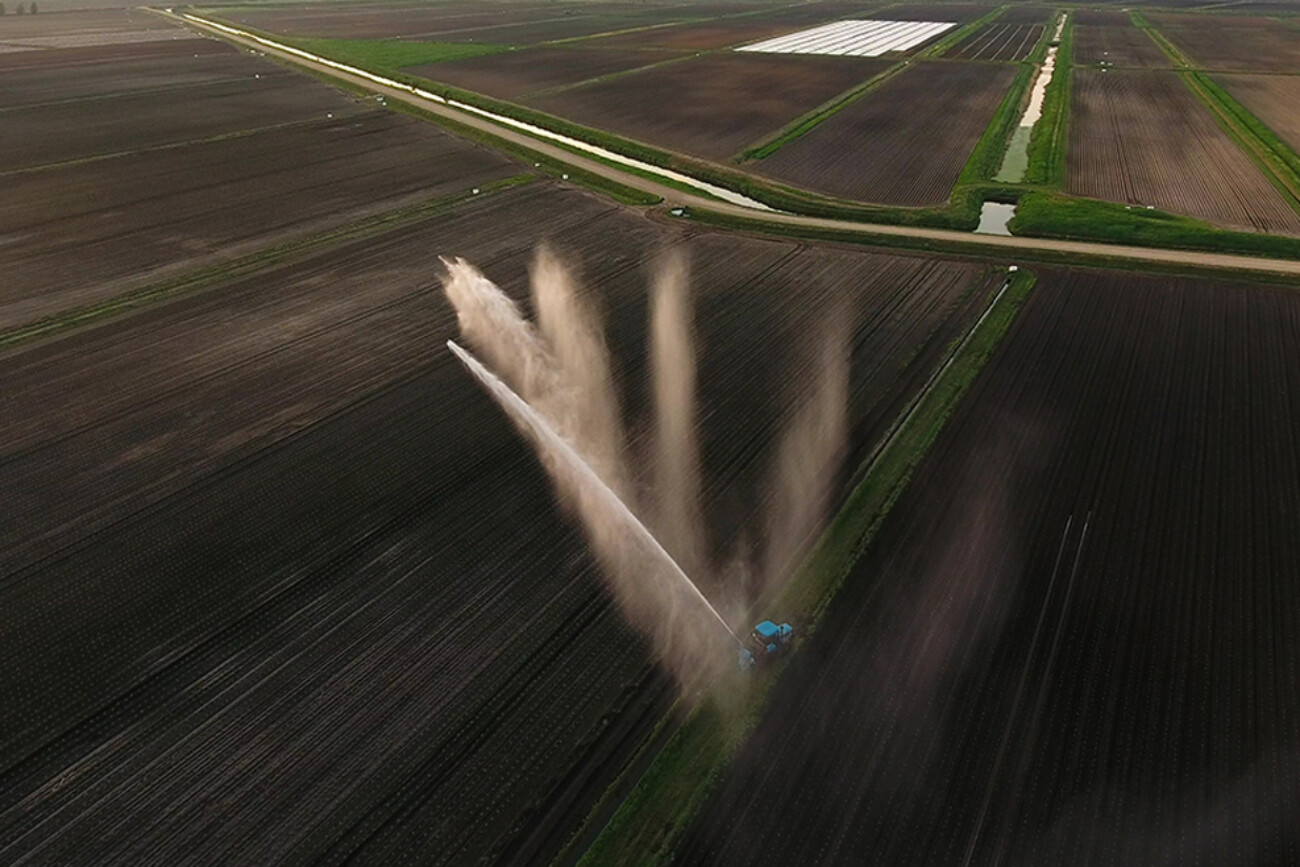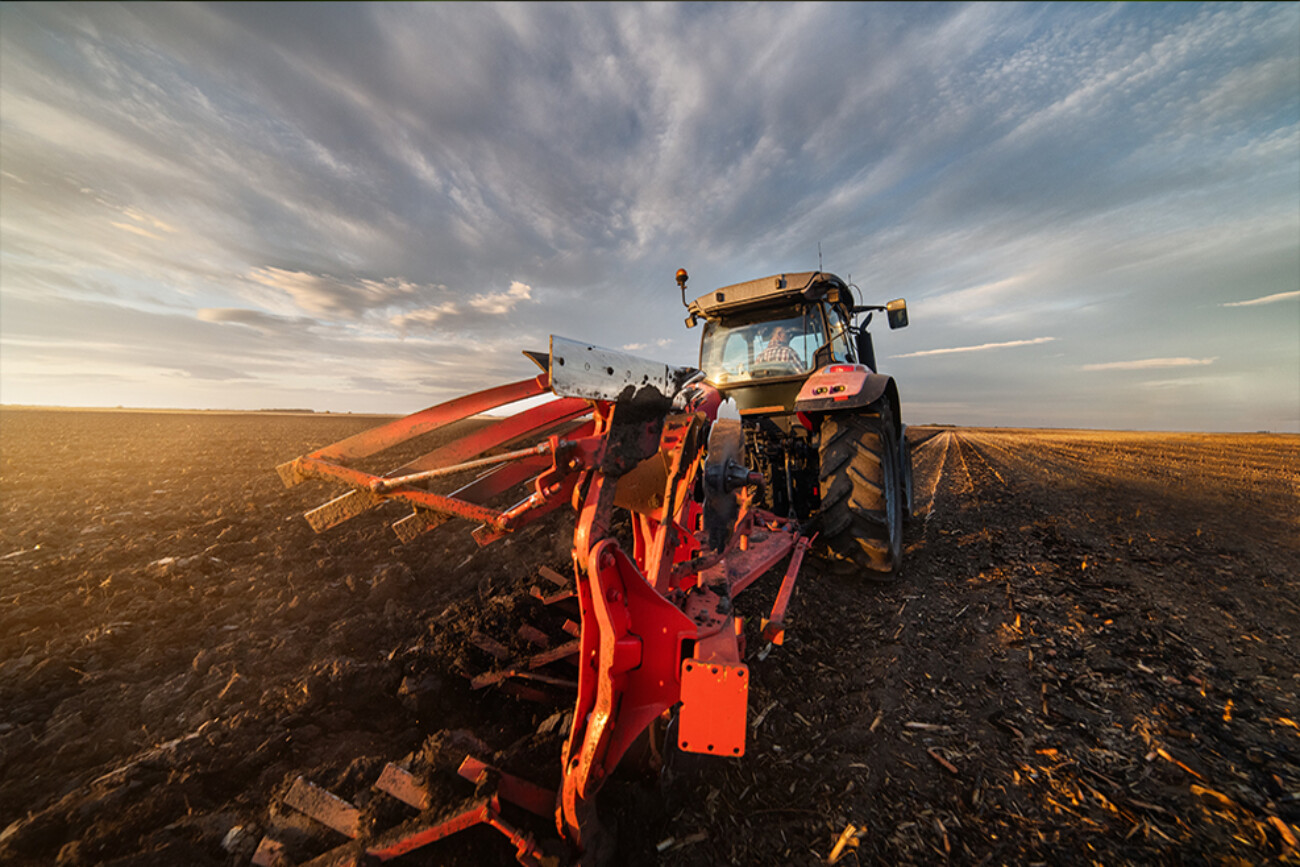Global Macro
How quickly a market can turn. After months of believing the Fed was almost done, the US Treasury market has finally given up the ghost and decided that higher for longer really means higher for longer. While 10 Years traded down from 3.8 to 4.6 in a couple of brutal weeks, the Dollar also traded up to recent highs and every EM currency traded accordingly.
It’s little wonder that the new BRICS conglomerate is upset; how can one responsibly manage a fiscal balance if the currency is fluctuating so wildly? While we don’t believe that the BRICS will create a competing currency with the Dollar, we do note however that any resource backed currency is less interesting if that jurisdiction has none of the resource. So, there you have it, we are back to asking ourselves how our oil got under their sand.
Exporters should continue to be a safe haven.
The T Bond curve also changed shape last week and is now almost positive. Proof of a soft landing or sheer panic selling, either way it’s an important move and if its affirmed, we will have to recalibrate our thoughts on the timing of a pivot. This higher for longer will have a terrible impact on assets that need leverage; if you’re not already out of Commercial Real Estate, you’re about to get impaled.
Our loans continue to perform well and benefit ever so slowly from higher yields. It’s also comforting to lend to a sector where Dollar strength helps free cash flow; exporters should continue to be a safe haven while the Fed crashes real estate into the rocks.
Michel Ciambra, Partner
Agricultural Commodities
Over two months have passed since the termination of the Black Sea Grain deal, and Ukraine is reporting grain exports are down 51% this September, compared to last year. Ukraine is attempting to establish its own trade corridor using its navy, but even for the few ships that dare, there is a gap in the insurance market for ships travelling through a warzone. Russia is launching attacks directly on Ukraine’s Black Sea ports, so it seems unlikely this will change. As expected, it will leave a lot of grain, wheat in particular, stuck inside of Ukraine.
There is some speculation that the Russians will come back to the table, but this will only happen if Russia is a beneficiary as well. There are a few reasons the west may be amenable to this. Wheat production is down and most prominently in Canada and Australia, while India is covering this gap, the shift in basis may not help prices in North America and Europe. With inflation raging on and a gap in pricing between western and eastern grains that is rather stark, reintegrating Russia into global trade may be helpful to everyone, at least economically speaking. Without a deal we believe wheat prices will remain fragile at a time when production is wanning.
A significant volume of grains and oilseeds are shifting trade routes.
Shifting gears, it’s that time of year when the planting season begins in Latin America. Coming into the season, there is expectation of reduced U.S. soybean production, which has seen a startling decline from 123 million mt to a sobering 113 million mt. With a combination of diminished acreage and a wrath of unfavorable weather conditions curbing U.S. production, Brazil is in a position to strengthen its grasp on the soybean market ever-further.
The U.S.’s expected 8% production decline from May’s forecasts may become worse as market analysts believe there are more cuts to come. This coupled with incentives to keep more oilseeds at home should continue to have a negative affect on the US’ soybean export volumes. Meanwhile, Brazil’s forecasted soybean production jumped 68% since 2014-15, with a towering 163 million mt projected for 2023-24, is notably placed to further solidify its commanding presence in the global soybean market.
As we continuously explore lucrative avenues of investment, both themes above point to changing supply chains. A significant volume of grains and oilseeds are shifting trade routes. The trades themselves offer some opportunity, as new regions emerge and require working capital support. For the longer-term investor, we believe logistics and storage assets both at ports but also in-land, are worth looking at. Northern regions of Brazil are growing and producing more goods and will require this support or build it themselves.
Andrew Pelekis, Partner
Nord45Partners ©2023


